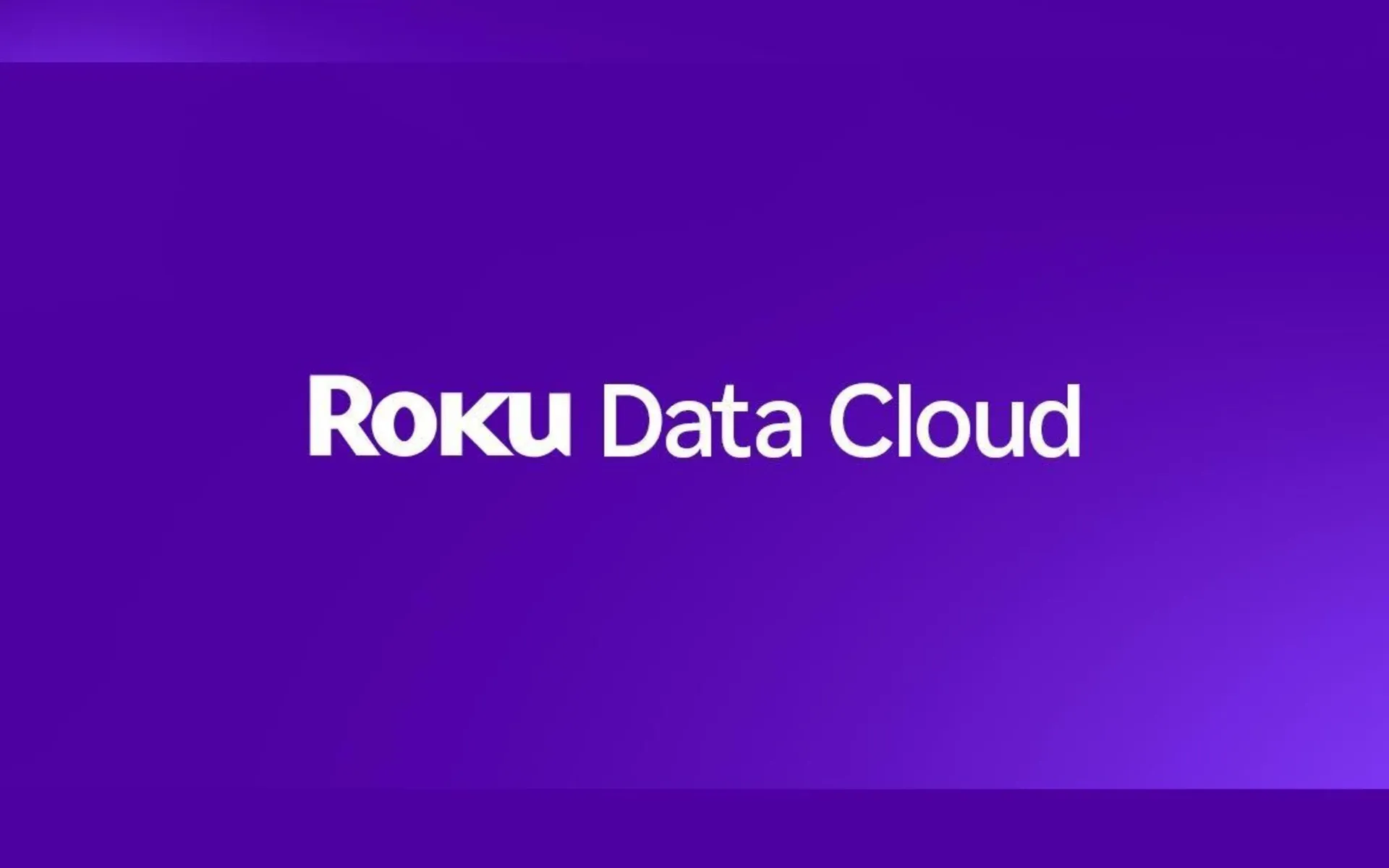Roku launches data platform to enhance tv streaming measurement
New data solution enables partners to access proprietary streaming data for improved campaign planning and measurement.

Roku, Inc. unveiled its new data platform called Roku Data Cloud on January 6, 2025, five days ago. The solution provides advertisers and agencies access to proprietary television viewing data from Roku's operating system, according to a company announcement.
The platform aims to address measurement challenges in television streaming by connecting multiple phases of advertising campaigns. According to Miles Fisher, Senior Director of Strategic Advertising Partnerships at Roku, the solution builds upon the company's existing Roku Exchange infrastructure.
The technical implementation centers on Roku's clean room technology, which enables secure data sharing while maintaining privacy controls. Partners can analyze viewership patterns, identity signals, and campaign performance metrics through direct integration with the platform.
Several major industry players have announced partnerships to utilize the new data infrastructure. Omnicom Media Group plans to incorporate Roku viewer data into their Omni operating system. This integration allows the agency to combine Roku's first-party data with custom audience segments for campaign planning.
PMG's technology platform Alli will gain access to behavioral insights through the data solution. According to Sam Bloom, Head of Partnerships at PMG, "Integrating Roku's rich TV viewership data into PMG's Alli platform will empower data-informed decisions at every stage of a campaign."
The technical architecture includes three new integrations with Yahoo's advertising technology stack. These encompass enabling Yahoo ConnectID through the Roku Data Cloud, connecting Roku Exchange to Yahoo Backstage, and activating Roku audience segments on Yahoo's demand-side platform.
For measurement capabilities, analytics provider Innovid will share in-flight campaign information with Roku Exchange. This data exchange aims to optimize for multiple key performance indicators, including reach metrics and conversion rates. Krista Panoff, SVP of Global Enterprise Development at Innovid, stated that the integration creates "a powerful feedback loop of actionable, data-driven insights."
Measurement firm iSpot.TV continues its existing partnership with Roku, incorporating platform signals into their measurement suite. Stuart Schwartzapfel, EVP of Media Partnerships at iSpot, noted that advertisers seek holistic measurement that analyzes campaign impact on business outcomes.
The announcement comes as Roku maintains its position as the leading TV streaming platform in the United States by hours streamed, according to December 2023 data from Hypothesis Group. The company's streaming devices and smart TV operating system provide extensive visibility into viewing behavior across its user base.
Technical implementation details reveal that the platform processes data through multiple stages:
- Planning phase integration with marketing intelligence platforms
- Activation phase connection to demand-side platforms
- Measurement phase incorporation of performance metrics
- Optimization feedback loops for campaign adjustments
The data infrastructure supports various use cases across the advertising workflow:
- Audience segmentation and targeting
- Campaign planning and forecasting
- In-flight optimization
- Post-campaign analysis and measurement
- Cross-platform reach and frequency management
Market context indicates growing investment in streaming television advertising as viewing behavior shifts away from traditional broadcast and cable delivery. This transition creates increased demand for granular measurement capabilities traditionally associated with digital advertising channels.
The system architecture allows partners to access Roku's proprietary dataset while maintaining data governance controls through clean room technology. This approach addresses growing industry focus on consumer privacy while enabling necessary data access for advertising effectiveness measurement.

